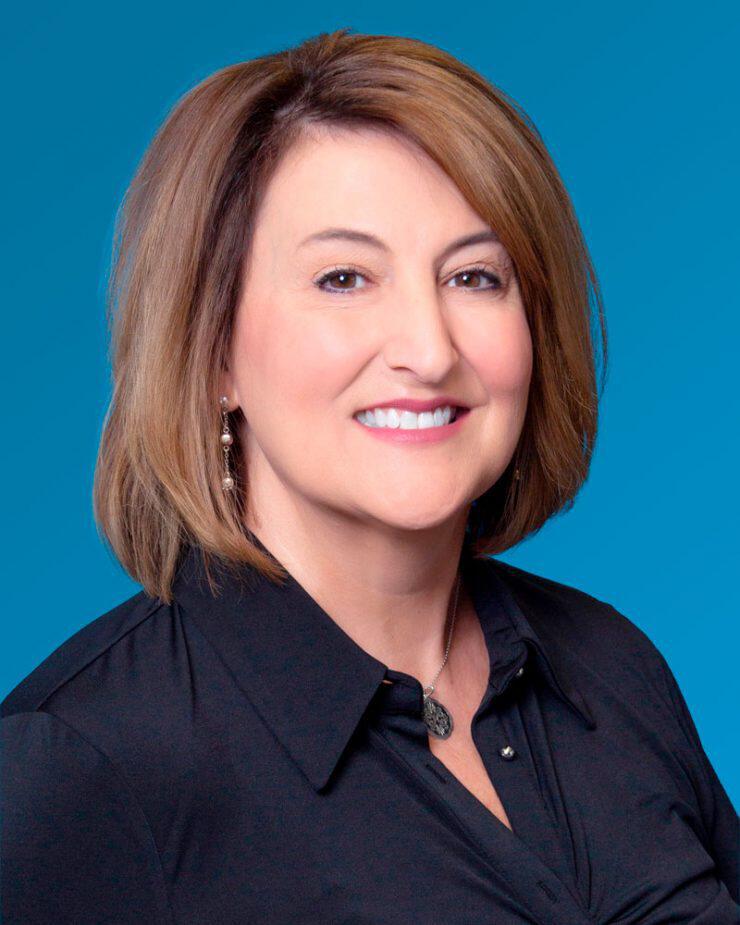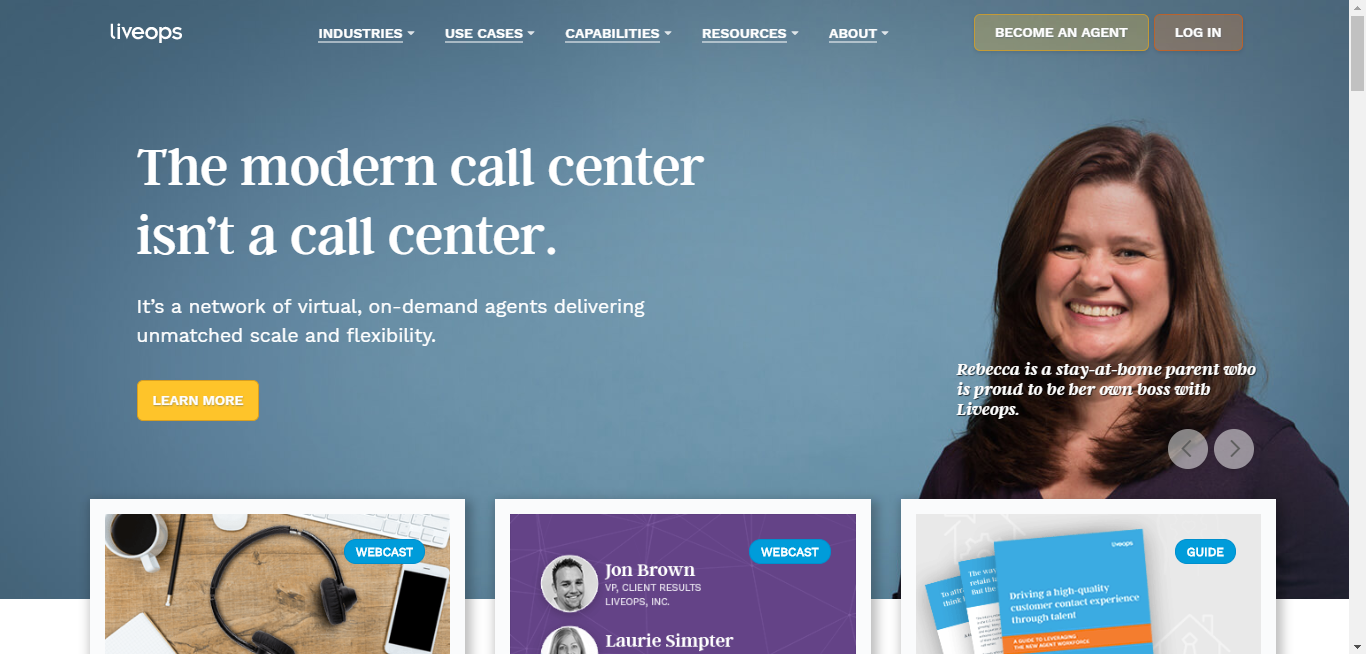
“We read a ton and play a lot of board games.Search 1,587 Tampa, FL jobs at Ladders. When they’re together, the Beard family watches little TV. “I’ve met a gazillion people doing the same thing who want to live in San Diego and work in Silicon Valley.”ĥ.

He flies back and forth between his home in San Diego and Silicon Valley every week. “My plan was, study what I enjoy and I’ll do better instead of doing what everyone told me to do, which was studying business.”Ĥ. He had no idea what to do with a double major in rhetoric and history. His first job was as a stock boy at City of Shoes in his hometown of Walnut Creek.ģ. It’s a total rush catching a wave, a huge rush.”Ģ.

Started surfing two years ago near his home in north San Diego County. Previous job: President of Sybase 365, a mobile messaging and mobile commerce subsidiary of SAPĮducation: Double major in rhetoric and history, UC Berkeley MBA, Georgetown University.ġ. Follow him at /dannakaso.Ĭurrent job: Chairman and CEO of LiveOps, based in Redwood City Some of the more forward-thinking contact centers know that it’s true.Ĭontact Dan Nakaso at 40. The old world view was, “50 percent of you will leave by the end of the year and I’ll treat you that way.” But why are agents less important than your marketing folks? They spend more time with your customers. You’ll have to pay them more but it’s worth it because the impact on your brand is huge. Q: What’s the next evolution for call centers?Ī: The agent is going to become a more important position. We have a strong belief that happy agent equals happy customer, which equals better lifetime value for the brand because they’ll go back to Pizza Hut because they’re happy with the experience. So we spend a lot of time on agent happiness. Please clink on this link, which is a chat session, or call this number to resolve your issue.” Agents aren’t happy when a customer is unhappy. Now if you tweet that you’re unhappy, you’re going to get a response within 15 minutes and the agent will say, “Thank you for your tweet. Two years ago if you tweeted a complaint it went nowhere and no one responded. Twenty percent is now email, chats are 12 to 15 percent and Twitter is in single digits but is growing really, really fast. Now it’s 55 percent but the total number of phone calls hasn’t declined. Q: How have social media changed the call center experience?Ī: In 2011, close to 95 percent of all interactions were voice. Within the past year, Pizza Hut was one of our first customers to say, “OK, we’ll get rid of the phone.” Now Pizza Hut has 400 agents in front of a browser and a computer with a headset.

Then, if you get rid of all that hardware and the need for a building, the payoff there is quite dramatic, too. A company with 100 agents can save $5,000 to $10,000 per agent per year just in efficiency gains, and they’re handling more interactions on multiple channels they didn’t even worry about before. Q: Sounds like those companies’ agents have a lot more work to handle with all of their new social media interactions.Ī: Agents actually see up to a 25 percent improvement in efficiency, partly because they don’t need to navigate from one screen to another and they can actually process more interactions. All the agent needs now is a browser, a laptop or desktop and a headset to talk into. We got rid of the phone, the actual phone.
#Callcenter liveops com software#
We sell software to manage that call center - we call them contact centers - in a much more efficient fashion. They were only ready to handle phone calls. They’re tweeting that they’re unhappy and call centers were not ready. Q: What is LiveOps doing that’s different from the stereotype of a call center staffed with people wearing head sets, listening to angry calls all day long?Ī: All those agents are sitting in a cube with all this complicated technology - four or five screens - in front of them that’s all optimized for a phone call. The interview has been edited for length and clarity.

Beard sat down recently with this newspaper in LiveOps’ Redwood City headquarters to talk about how call centers can use technology and social media to turn angry complaints into happy customers.


 0 kommentar(er)
0 kommentar(er)
